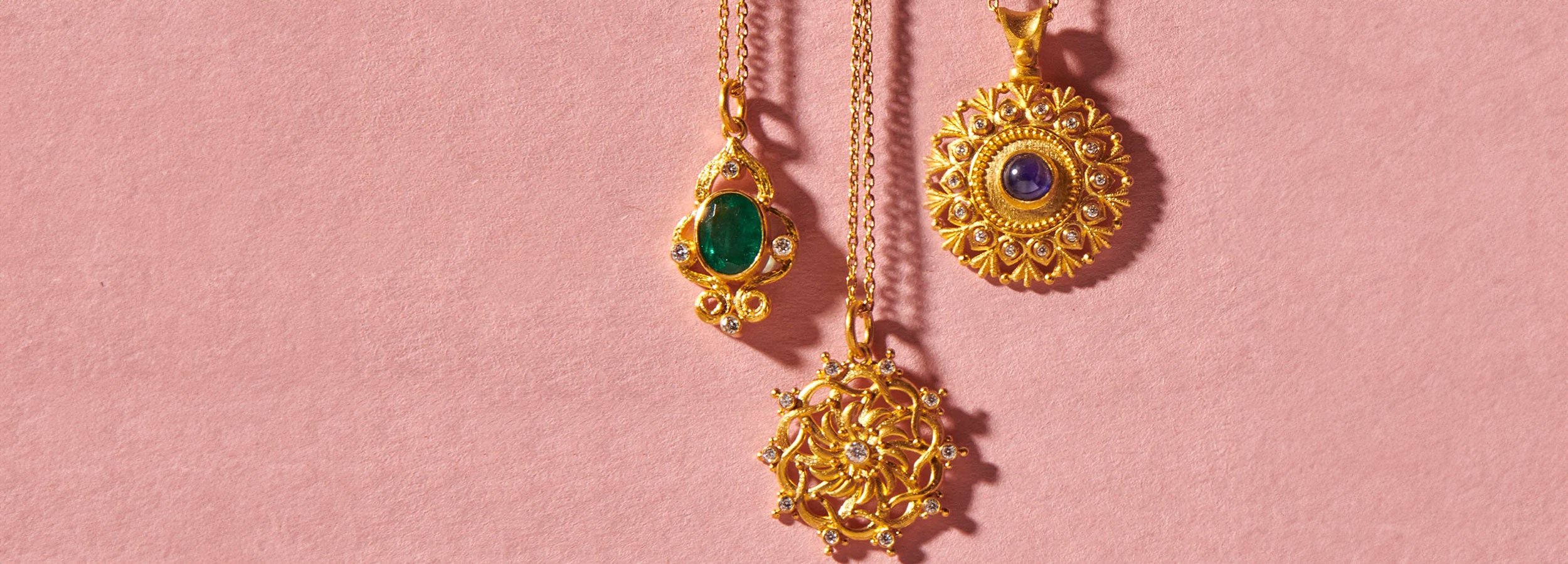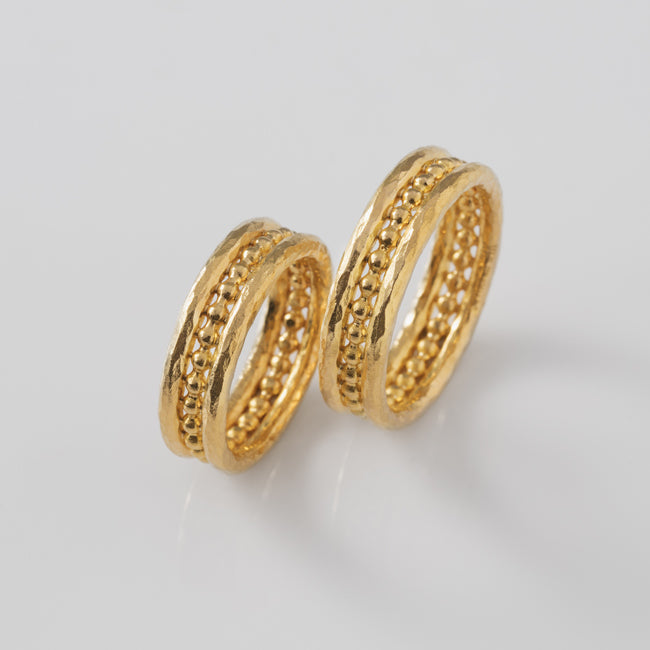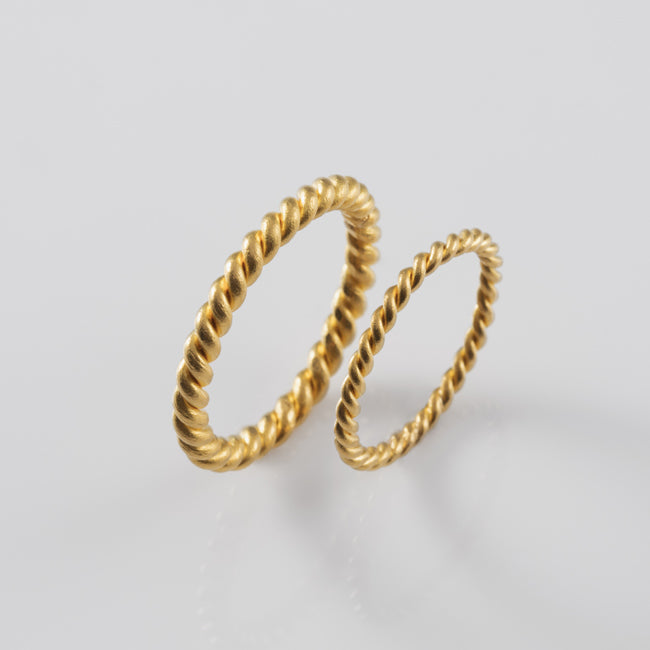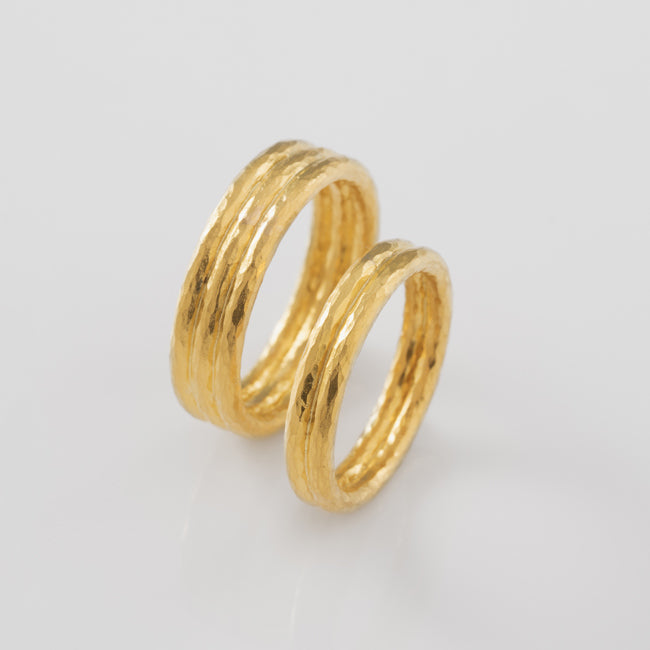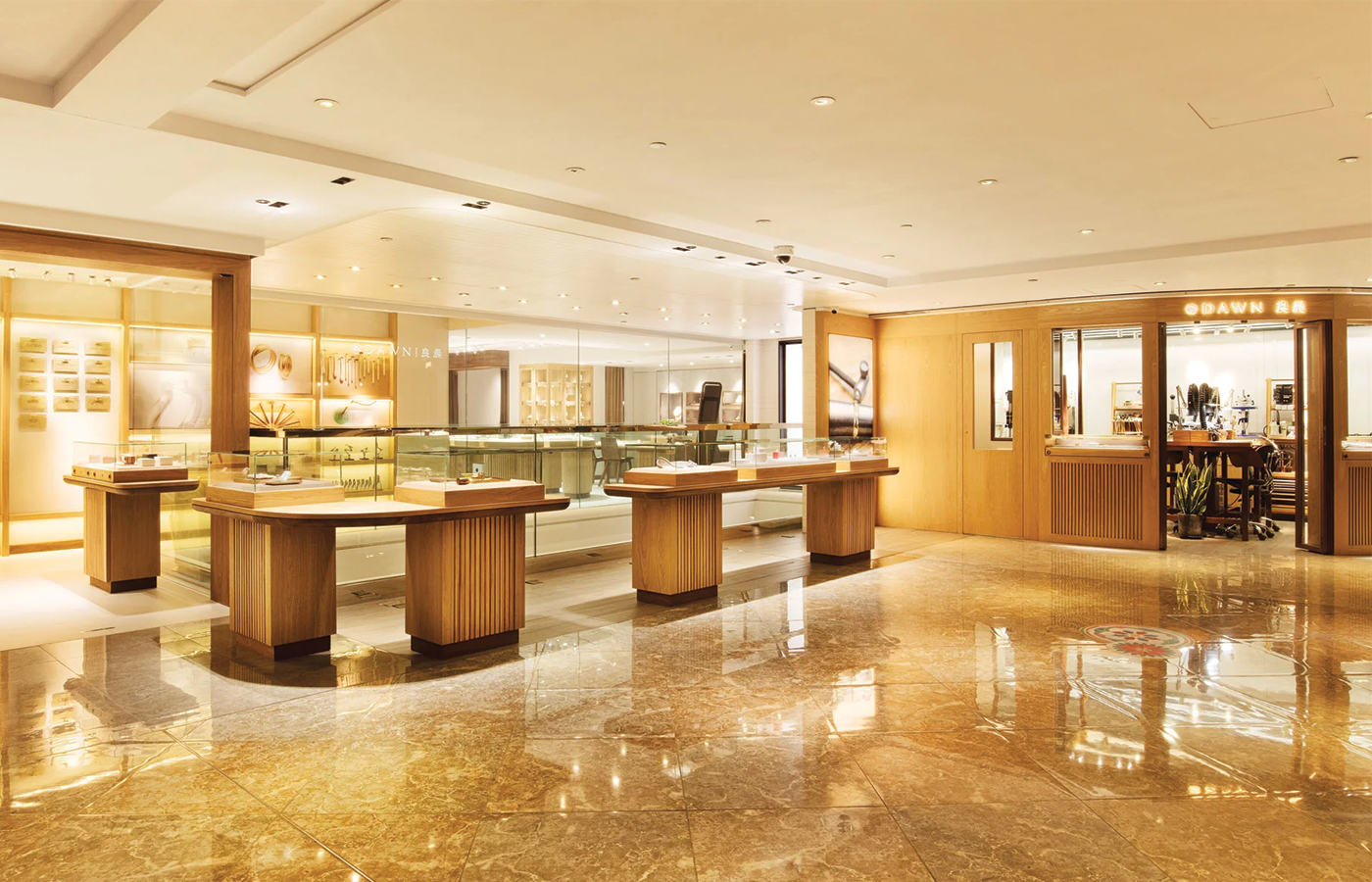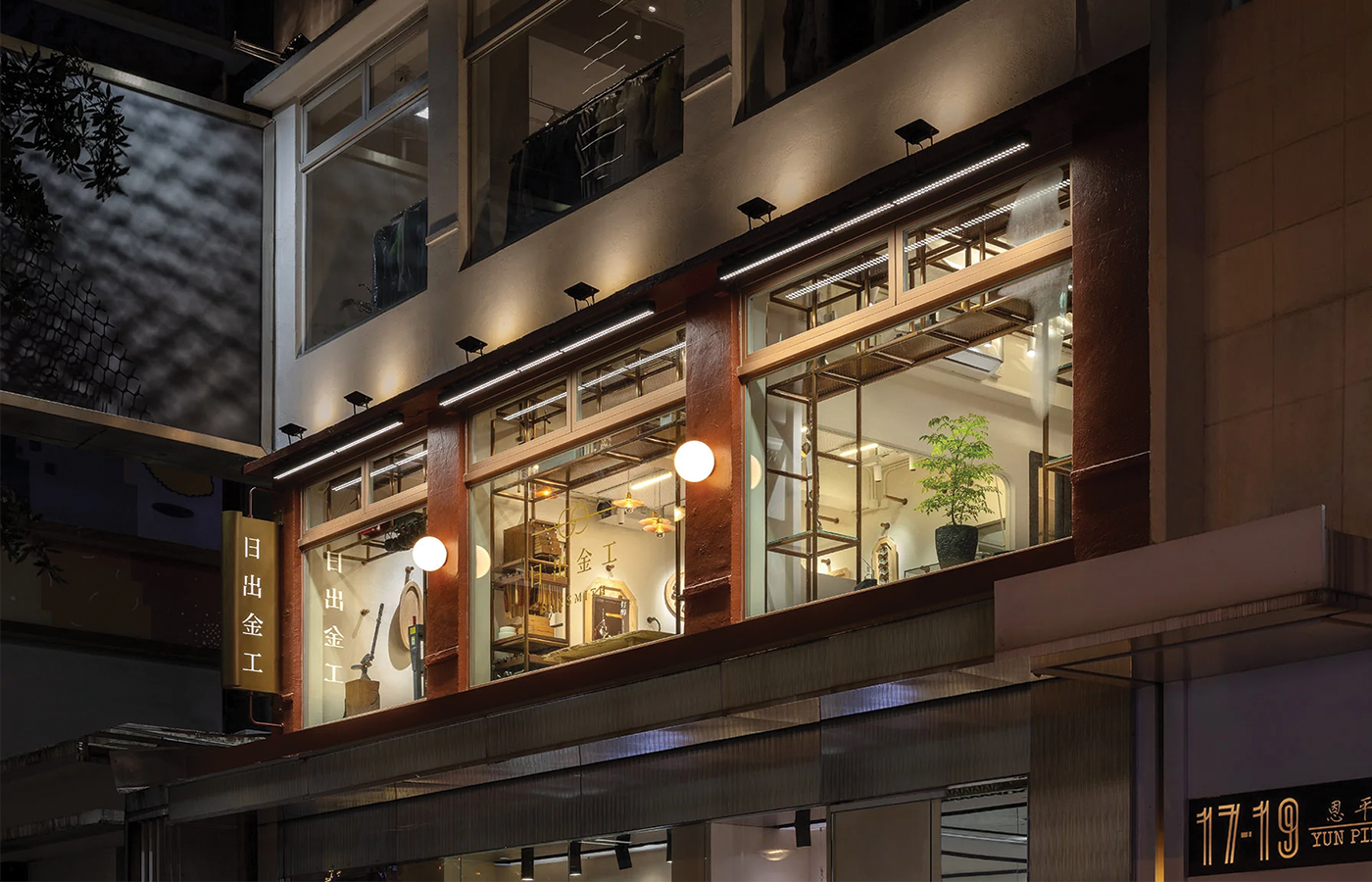The Art of the Orient
Pure gold jewellery is not only a symbol of elegance and luxury, it is now a knot to the historical civilization and modern day fashion.

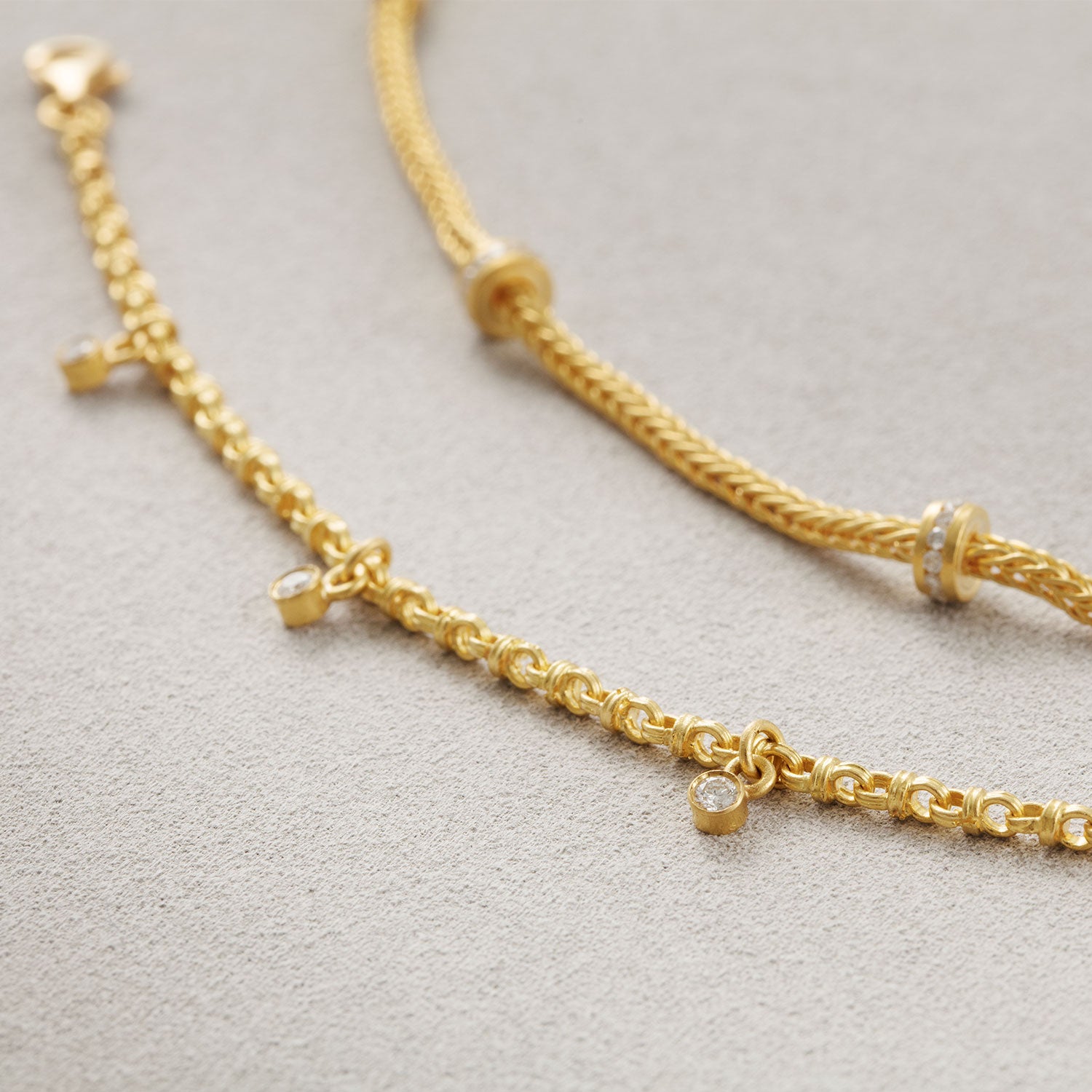
Pure Gold
Cevherun 24k draws inspiration from the ancient city of Istanbul, Turkey, revitalizing elements of traditional pure gold jewellery of the Orient with a touch of modern aesthetics.

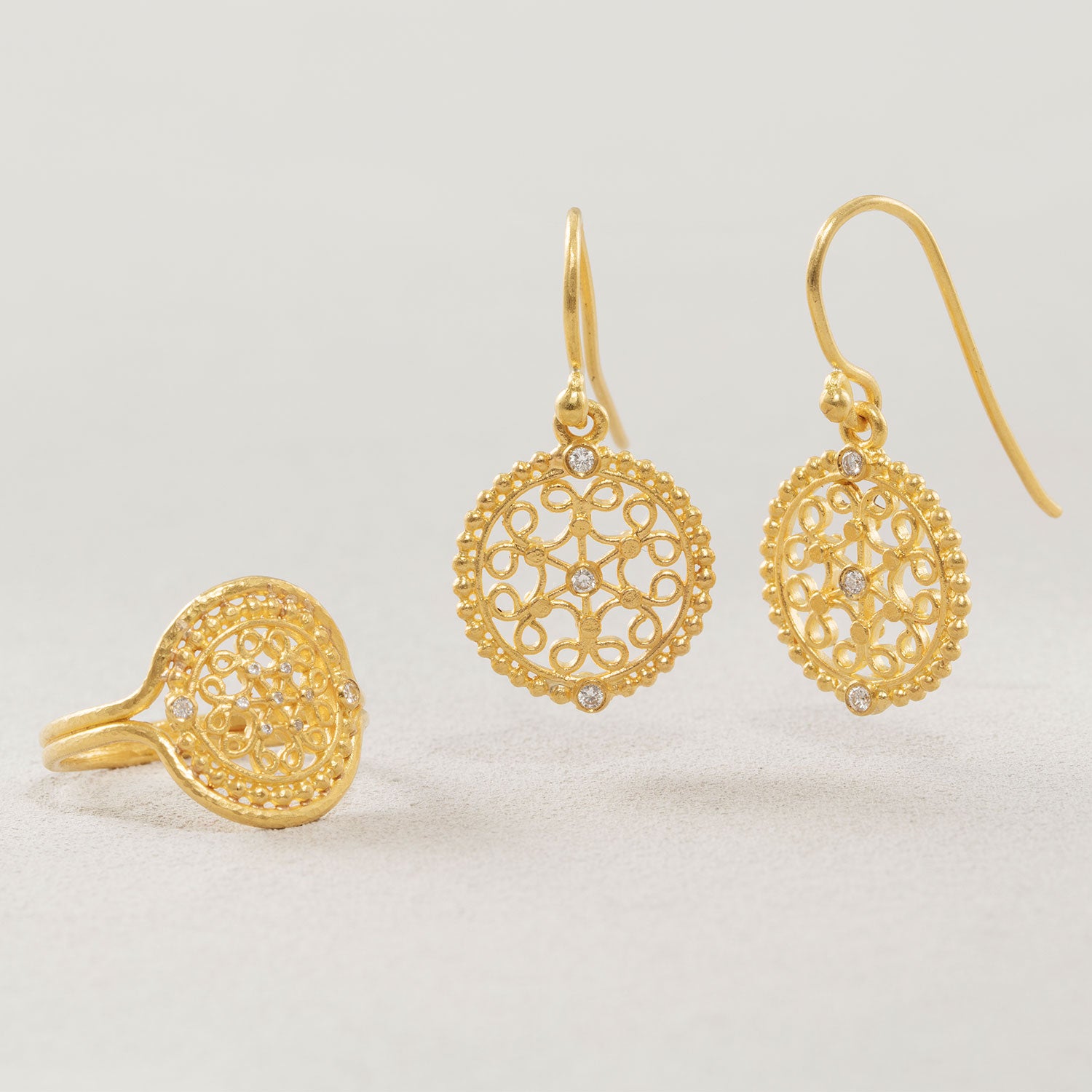
Details
Pure gold jewellery often gives an impression of being soft, yet the handcrafted jewellery of Cevherun is created using the latest jewellery making techniques, making it harder than before and increasing its durability.
The Story
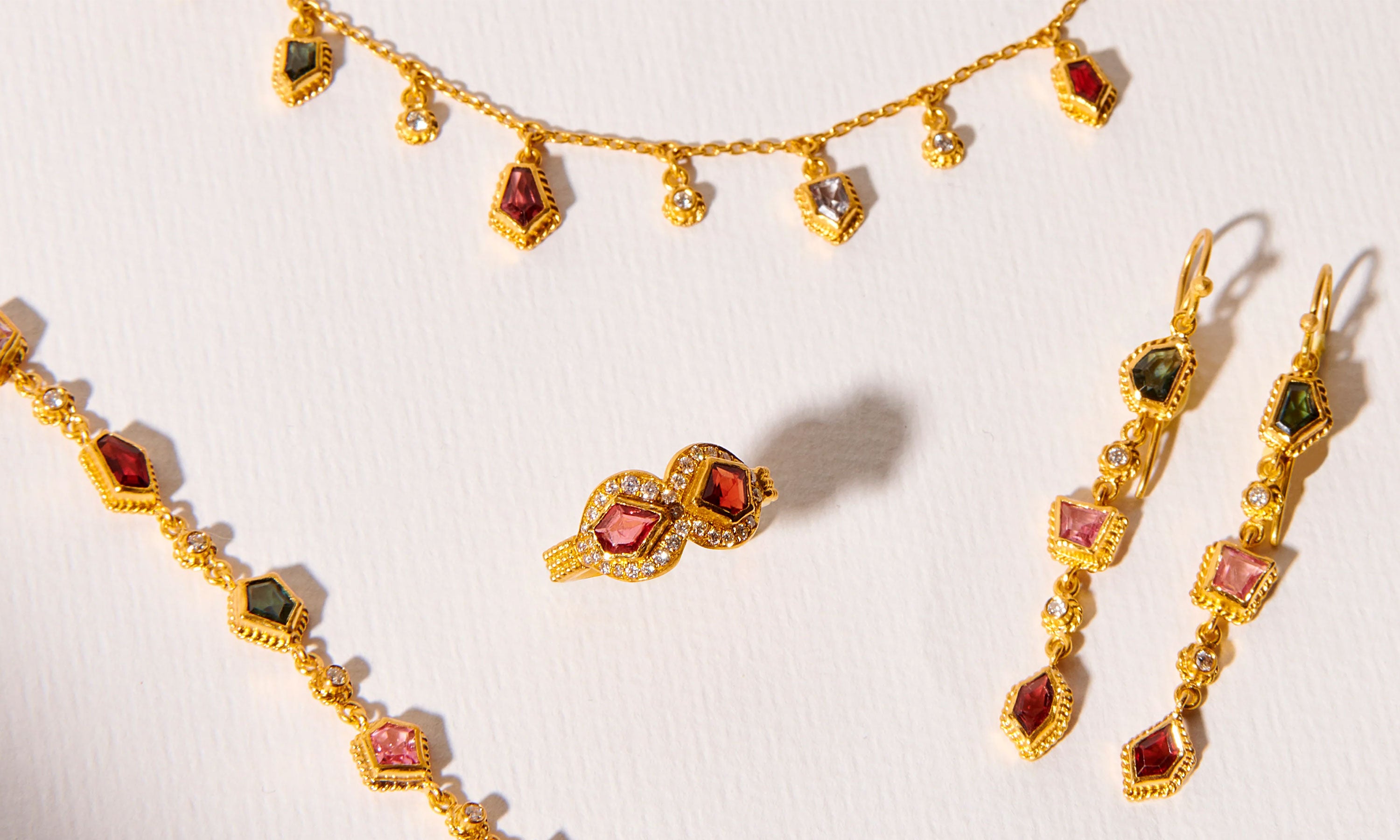

The Beginning
Cevherun, founded by Cevat Genc and Ugur Tas, is a modern brand inspired by the past. The duo, who have trained in goldsmithing ateliers of Istanbul's Grand Bazaar, gained recognition for their intricate jewelry and pioneering designs using pure 24 karat gold. In 2010, they launched Cevherun, expanding to Dubai, China, and the United States.
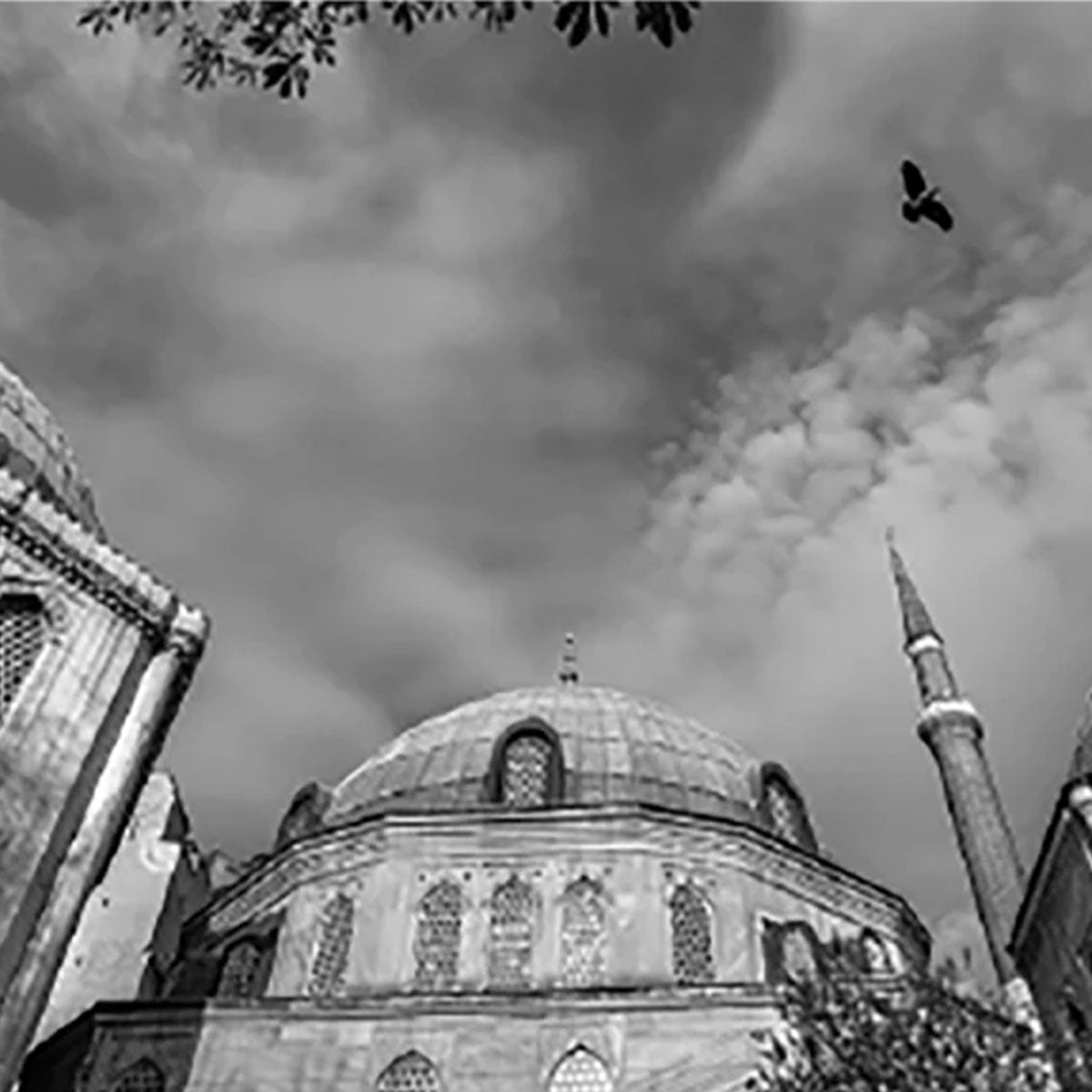
History
Goldsmithing in Istanbul has a rich history dating back to the Byzantine era, with the grand bazaar becoming a hub for craftsmen. These skilled artisans created intricate jewelry and other items for the city's elite, and Ottoman sultans often entrusted them with creating opulent artifacts and personal adornments. The knowledge and expertise of these goldsmiths have been passed down through generations, ensuring that this vibrant tradition thrives in Istanbul today.

The Craft
The Cevherun workshop continues this tradition by nurturing apprentices, with only the most skilled artisans earning the title of goldsmith after years of training under the guidance of a master. Each piece of Cevherun jewelry is crafted by the hands of just two master goldsmiths, supported by a select group of apprentices. This meticulous approach ensures that every item meets the highest standards of quality and craftsmanship.
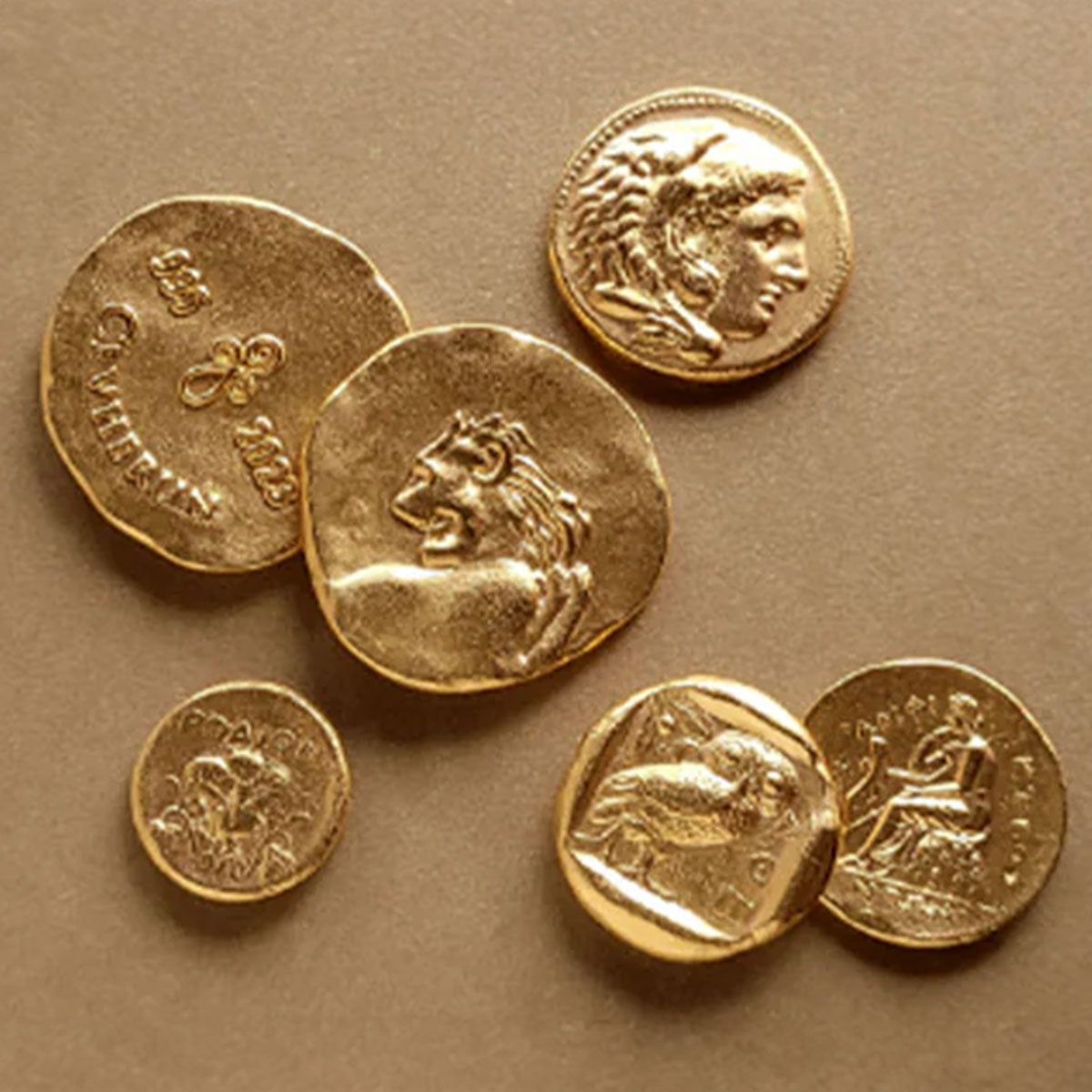
Inspiration
Design inspiration comes from the vibrant city of Istanbul and the rich history of the Mediterranean region, including the ancient Hittites, Greeks, and Romans. They draw inspiration from local mythologies, symbolism of flora and fauna, and ancient Greek and Roman coins. The techniques of jewelry making employed during the Hellenistic and Etruscan eras are expressed in the clasps and lockets, while the diverse decorative forms of the Ottoman era present a cornucopia of geometric motifs.


